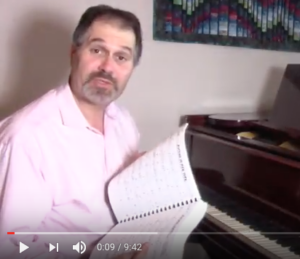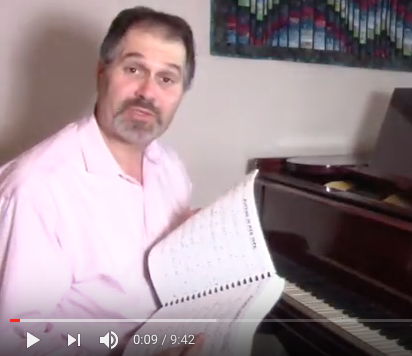
If you want to learn jazz piano, you’ll do well to spend some quality time learning how to improvise on the melodies of the tunes you play.
According to interviews with the earliest jazz musicians, jazz improvisation began when musicians started embellishing and rhythmically syncopating melodies. (See Gunther Schuller’s book Early Jazz for more about this.) This practice not only survived but grew stronger during the swing era, when jazz musicians interpreted the popular melodies of the day in highly personal ways. Art Tatum, Ben Webster, and later, Charlie Parker and Miles Davis excelled at improvising on the melodies of the tunes they played. They considered a song’s melody to be as important as the solo which followed it. If you listen to, say, Charlie Parker’s “Bird With Strings” recordings, or the Miles Davis album “My Funny Valentine,” you’ll hear how wonderfully they incorporated improvisation into their melodic interpretation.
Unfortunately, this art isn’t as prevalent as it once was, partly because we don’t hear jazz standards as “pop” music anymore. Many aspiring jazz musicians simply learn tunes like “If I Were A Bell” and “Misty” by reading leadsheets, instead of hearing them sung by popular or Broadway singers, as Charlie Parker and Miles Davis did. Hearing the more straightforward, legato renditions of these songs gave the jazz players a firmer starting point on which to base their own interpretations, and often brought out more of a lyrical, song-like quality in their own versions, on which they could freely embellish and alter.
For the newest tune in my Journey Through The Real Book video series, I’ve decided to stay pretty close to the melody instead of going totally into a free improvisation. It’s a very rewarding way to improvise, partly because we get to experience these great melodies more than if we quickly abandon them. And, like the artists I’ve named above, we can temporarily go off “on our own” and then return to the song again on the next phrase, whenever we like. The idea is to stay close to the tune while at the same time seeing where that takes you.
To get the most out of this, follow along in The Real Book and keep the melody to “Autumn In New York” going in your head while you listen to what I did with it. Then sit down at your piano and spend some time doing the same. It’s a great way to improvise and after all, you’ll be following in the footsteps of Art Tatum, Ben Webster, Charlie Parker, Miles Davis and thousands of other jazz musicians who spent their lives doing the same. (And I’ll bet that it’ll make your solos better, too!!!)
Autumn In New York
Learn the 5 Essential Left Hand Techniques with my free ebook: Left Hand Techniques for Jazz Piano
You’ll also get my weekly jazz newsletter with practice tips and inspiration

